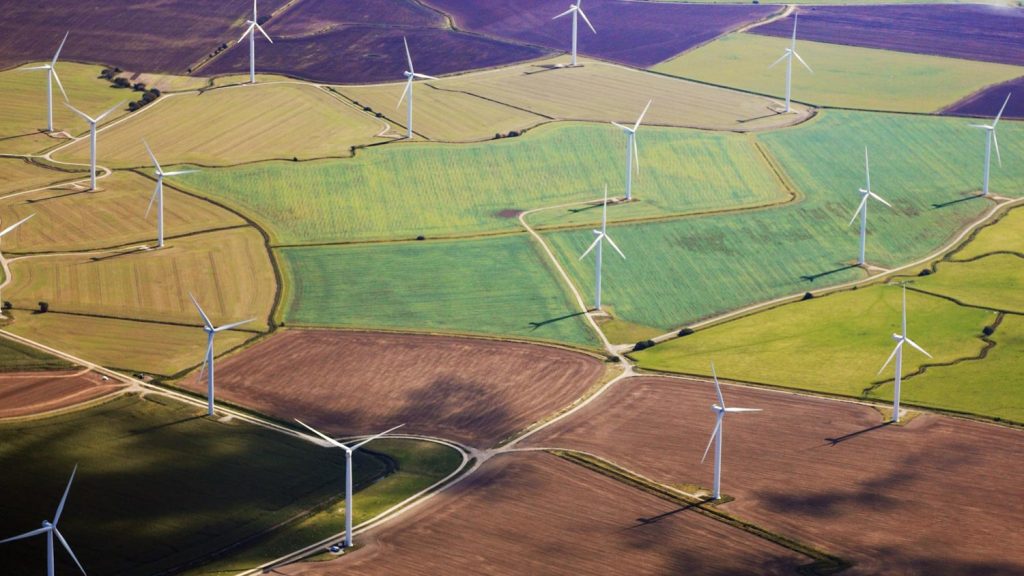Energy operations | 31 March 2020
As advisors and financial modellers, we are in the business of change, and trying to forecast what different futures can look like. As we enter a new period of “interesting times”, it is worth looking back at what happened to businesses after the last crash, and how previous futures were temporarily and permanently altered.
After the 2008 crash, cash became a problem. While turnover fell, that didn’t turn into a fall in the work of accounting and finance teams, who had to work hard to figure out the new normal.
Even though energy and infrastructure is a defensive sector, it was still affected heavily. Getting funding became a problem, with banks becoming extremely risk-averse, even though for those projects that managed to close the final cost of lending was cheaper. On the fiscal side, the promised heavy Keynesian infrastructure spending never materialised, although there was some easing of Government and institutional lending to make up for some of the shortfall in private lending.
For financial modellers, this all led to a lot of variations that needed modelling. Financial structure changes and scenarios and sensitivities became every more important, especially delays and falls in demand.
This time around we are again seeing delays and falling demand, albeit for different reasons. Projects are being delayed because site visits are not possible. Payments are being delayed due to solvency issues. Due to social distancing, transport demand has taken the biggest hit, with road, rail and particularly air travel all heavily reduced. While industrial and transport energy demand has fallen (with the oil price dropping), more general energy demand has not been hit so much, with such a large increase in home energy needs.
All these variations need financial modelling so that each business can anticipate the risks ahead and plan accordingly. In a series of 3 short webinars, John Yeldham will explain how to adapt models for some of the variations to the norm that might arise. Topics include:
- How to deal with late paying customers in a
model for an operational project or ongoing business
- Incorporate timing flexibility to forecast delays
to financial close or construction
- Understand how loss of
revenue affects costs, profits, debt covenants and the cash
balance.
The link to the first of these webinars is here














